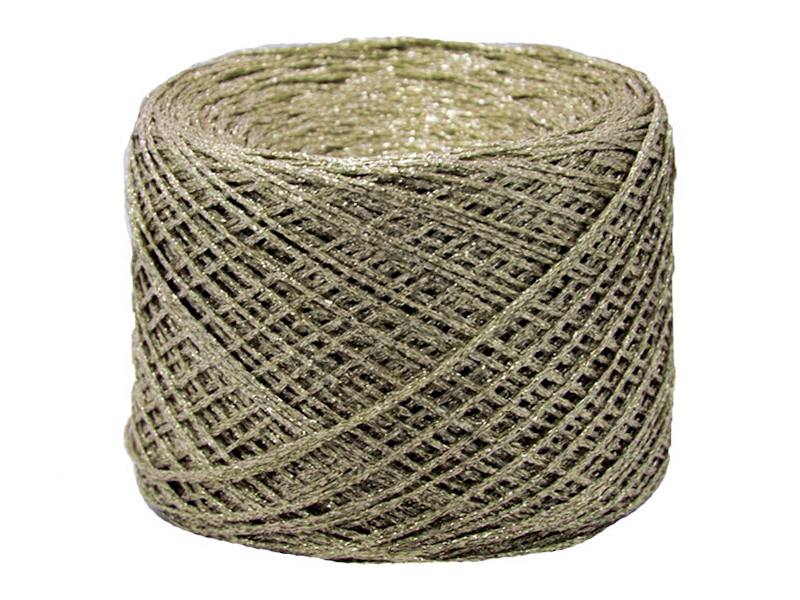To paraphrase an old movie; “I’m shocked! Shocked I tell you!” While metal knitting yarn has long been used as a decoration, what many people do not know is that it actually serves a very important purpose above and beyond just making your already beautifully knitted garments even more beautiful.
How many times have you picked up a static discharge and gotten shocked by touching someone or something once you have built up enough of that static cling?
In the old days, the most common metal knitting yarns were made out of precious or semi-precious metals and were often associated with the wealthy people and upper classes of society. In modern society, these traditional metal knitting yarns remain very popular and with rare exception, are actually much more affordable for the average person. However, they are not the only types of metals being used any more. These days, it is actually pretty easy to find metal knitting yarn that emulates or looks like the precious metals but in reality is something much more inexpensive but equally enduring in quality and beauty.
Going back to those days of old once more, the oldest examples of metal knitting yarn reveal that the long filaments or fibers of the metal used were actually individually wrapped around some type of fiber base. It was very common for there to be very small gaps in between the wraps in order to allow the underlying fibers to show as well. This gave enough contrast and exposure to the actual metal in the metal knitting yarn to allow it to more easily reflect light and often caused minor changes in color depending on what type of metallic knitting yarn was being used.
These days, the underlying base for the metal knitting yarns is generally another type of metal. The outer wraps are then braided or wrapped on to the base filament creating much the same affect though many would add, with a little more pizzazz. Unfortunately though, even the best of stainless steel can rust over the course of time, so the metal knitting yarn generally must be coated in order to prevent corrosion, color change or fading.
Normally it is not so important to know everything about the creation of your knitting yarn but in the case of metallic knitting yarn, it does help some. There are two very common methods for producing metal knitting yarn and while the end results may look very similar, the actual metal yarn itself is going to be vastly different and will have to be stitched differently … and generally with more difficulty as well. The two, most common methods for creating metal knitting yarn are the laminating process and the metalizing process.
In the laminating process, the metal knitting yarn is coated with some type of preservative that often makes the metal yarn even stiffer and more difficult to work with than it was originally. The metalizing process for creating metal knitting yarn uses a very high temperature to actually turn the metal into a vapor and using high pressure (and precision) machinery, literally blasts the vaporous metal onto a polyester film. The resulting metal knitting yarn is much more flexible and easier to handle and work with.
Any time that you make a knitted garment with the metal knitting yarn, make sure you mark it “Dryclean Only” and “Do Not Iron” as any other method of washing or pressing may very well cause damage to the metal knitting yarn and this could cause problems with the entire garment, not to mention distracting people’s attention from an otherwise beautiful piece of hand made clothing.
If you know a little about the metal knitting yarn before you begin buying it up, you should have a lot easier time learning how to work with it. Remember, not only is the inlay made with metal knitting yarn going to look great, it will help you to prevent many shocking experiences when you are wearing knitted clothes that are more subject to that old static cling.


Comments are closed.